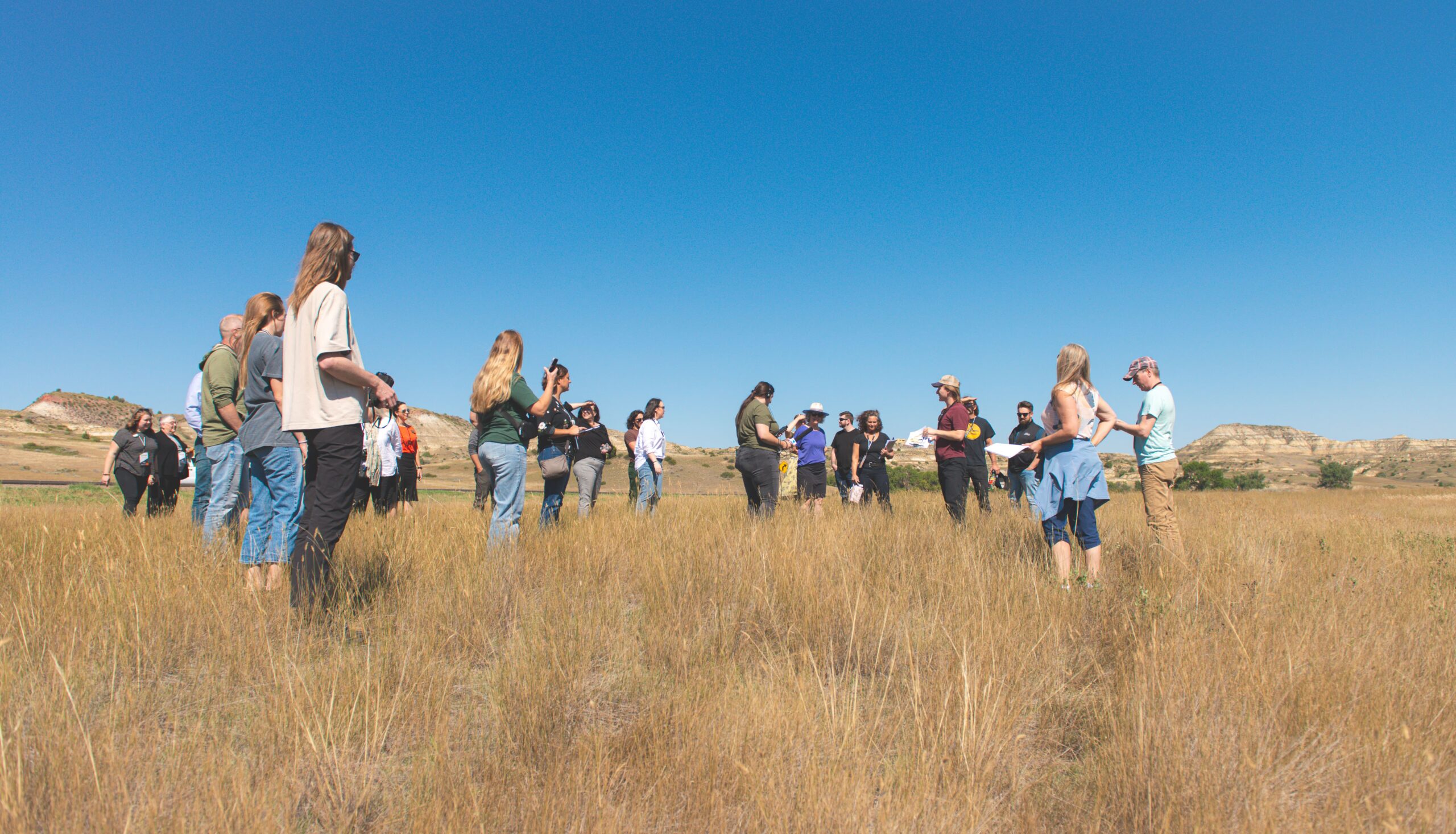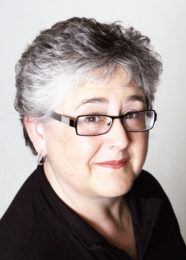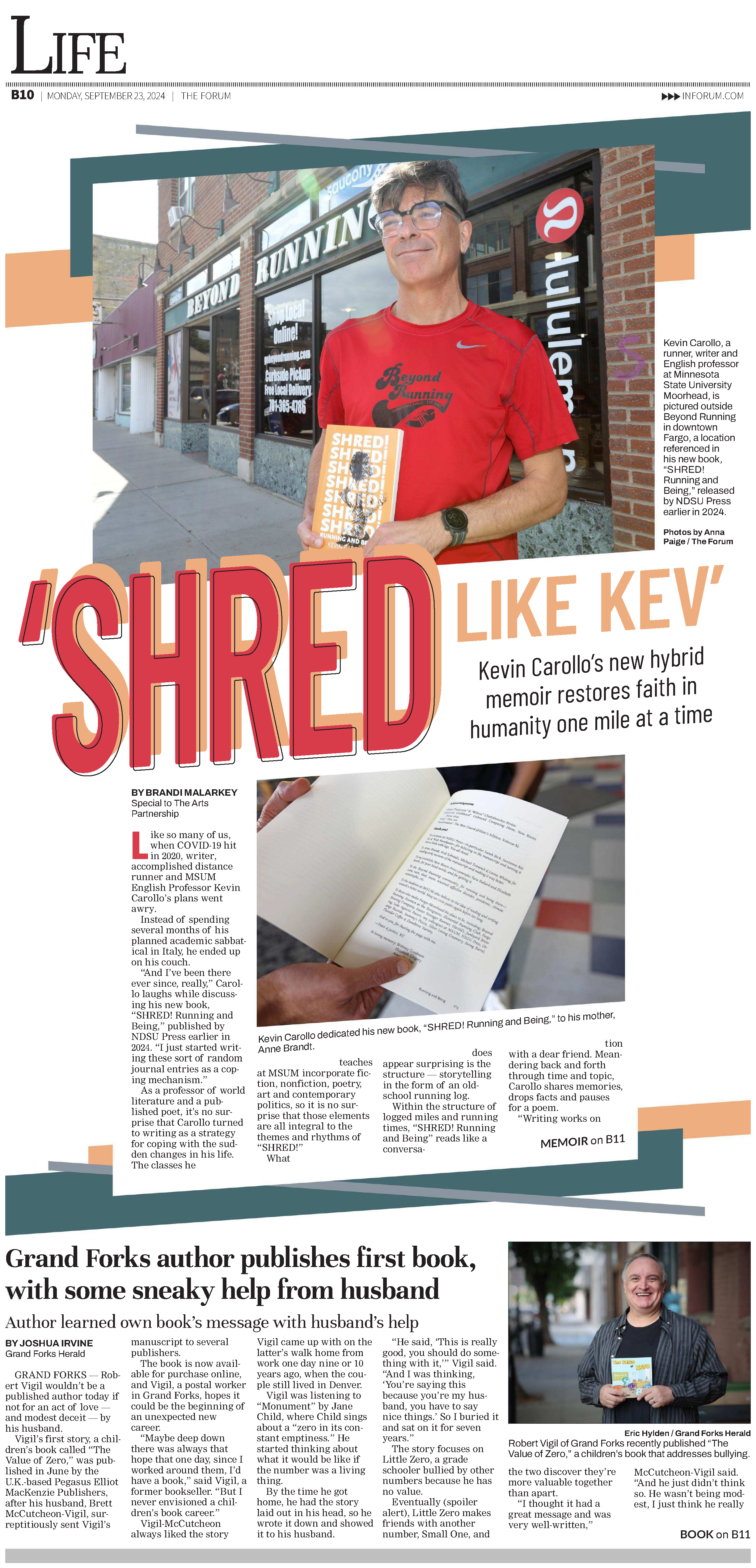Frank McCourt published the novel Angela’s Ashes when he was 66 and Laura Ingalls Wilder was in her mid-60s when her beloved Little House series hit the best-seller lists.
Of course, there’s Anna Mary Robertson, too. Better known as Grandma Moses, Robertson was 78 when she picked up a paintbrush and became one of the most celebrated and prolific American folk artists.
These famous artists defy stereotypes about aging, and it turns out, many local creative types are following the same path. We asked several late-blooming local artists what made them interested in pursuing a new art at or after middle age. Their answers were funny, poignant, surprising and life-affirming.
Weighing in on the biological side of things, Sanford Health Internal Medicine Nurse Practitioner Amanda Roberts explains the science behind later-blooming artistic interests and how it can benefit—even protect—the mind and body from decline.
“We know from research that creativity tends to decline as early as late 20s and early 30s,” Roberts said. “But creativity is very complex and there are many factors that influence it. People can maintain and even enhance their creative abilities throughout their life while reducing stress, anxiety and loneliness.”
No matter one’s motivations for taking up an art practice—at any age—the benefits are clearly bountiful.
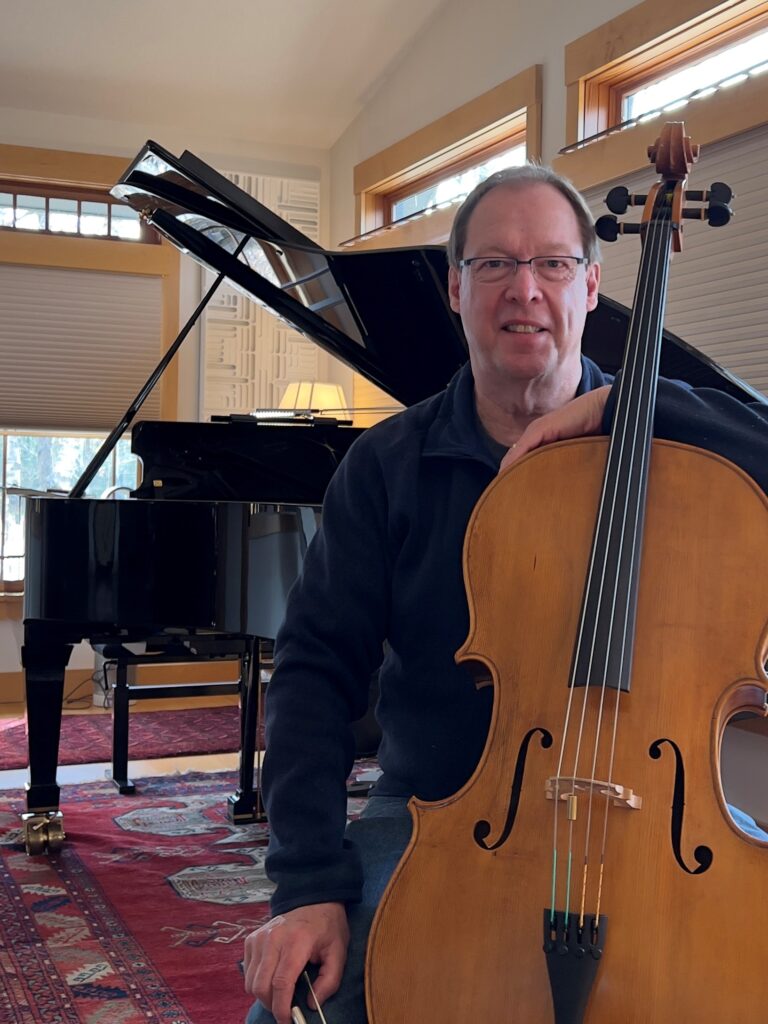
Russ White, 65, started playing cello just two years ago at age 63. He said he fully embraces trying new things later in life, as it’s the perfect time to discover new things about himself he didn’t have time to understand as a younger person. “Second-graders are better than me,” White said. “But I don’t let the fear of failure or being wrong get in my way.”
Contributed photo: Russ White
The ultimate mental workout
Russ White, 65, is no stranger to trying new things.
“I like a challenge,” he said.
The semi-retired nonprofit consultant who lives part of the year in Grand Rapids, Minn., picked up a cello for the first time at age 63.
“It’s beautiful to look at and beautiful to play,” White said.“I’m curious and connected, and look for ways to connect with people and myself. Cello was one of those things I picked up as a way of looking at what the next decades look like.”
Side effects of picking up a creative practice later in life may include well-being and longevity, Roberts intimates, something White seems to understand intuitively as he navigates the cello.
“To even become basically competent at it, you have to practice daily,” White said. “It has the immediate rewards when you hold it and play it, but then to develop the technique and the mental physical connection of playing is part of it.”
White said he also chose cello because it would take years—decades—to learn and he wanted long-term goals.
He scheduled lessons right away with a teacher in St. Louis and later in northern Minnesota, where he’s now a part of the Third Coast Chamber Collective.
Scientifically, White is essentially flexing parts of the brain and body that can go dormant if left unused, according to Roberts.
“Being creative is similar to a muscle that you can work out. It takes stimulation to maintain creativity, so if someone sits on the couch all day long, you’re going to lose that,” Roberts said. “My patients who are more physically active, mentally active and socially engaged do much better mentally and cognitively.”
It may take a little patience to build up that muscle, but the rewards are worth it. White, for example, is making progress in the past couple of years and said he’s gotten skilled enough to play simple repertoires with his wife accompanying him on the piano.
“Second-graders are better than me,” White said. “But I don’t let the fear of failure or being wrong get in my way.”
To that end, Roberts said many of her patients are wary of adopting a new creative practice because they don’t want to fail.
“I think it takes letting go of a fear and instead being curious and open to explore those things as we age,” Roberts said. “The sentiment you can’t teach an old dog new tricks bleeds into that” can be limiting.

Aimee Klein, 52, took up sketch comedy writing in her 40s and “ran away to the circus” a few years later. Contributed photo: Aimee Klein
Confidence and accomplishment
Roberts said many of her patients also lose a sense of self-accomplishment after retirement because they no longer have the satisfaction of practicing a trade or building a career.
“Self-expression and self-actualization as we age is very important because they foster a sense of accomplishment. We need that purpose and personal fulfillment, and the creative arts can be a powerful way to achieve that,” Roberts said.
Such was the case for Ann Westra, 67, Moorhead. Retired from a career in the commercial printing industry, she worried about getting bored or having “too much time on my hands,” she said.
So she leaned into learning watercolor.
“I took a beginning drawing and watercolor class from (local artist) Barbara Benda the year before I retired because I figured I’d need something to fill my free time,” Westra said.
A year later, Westra joined the Red River Watercolor Society and later joined Gallery 4 as a supporting artist member where she is currently a featured artist through the month of March.
Like White and his cello, Westra said developing as a painter has opened her up to many new ways of experiencing life.
“I learn something every time I paint,” she said.
Similar to Westra, local artist Crystal Gilson started painting at age 47 when she needed something more than writing to help her sort out “difficult emotions,” she said.
A researcher by trade, Gilson spent much of her days studying how people work and what tools they use or don’t use. She became curious about painting after researching artistic processes and mediums.
“I grabbed a computer with a touch interface and digitally painted what I affectionately call ‘clown cats.’ ” Thus, her career as a painter was born.
After that, Gilson read about art, visited galleries, talked to other artists and experimented “in just about every medium,” she said. When she retired two years ago at age 55, Gilson took a year-long abstract painting course that opened up all sorts of creative challenges for her.
“I thought abstract would be easier than figurative work, and perhaps there would be no pressure around anyone liking my work, including myself,” GIlson said. “Being wrong about how simple abstract would be just made me more curious about pushing my own creative boundaries.”
Staying curious and preventing loneliness
While most of us aren’t inclined to become a sketch comedy writer and join the circus in their late 40s, Aimee Klein, 52, Fargo, finds following her creative intuition to be incredibly liberating.
“I follow my heart, embrace my awkwardness and this allows me to take chances and live a rich, creative life,” Klein said.
Klein, a multi-hyphenate artist, started writing sketch comedy a decade ago and has since produced five original shows, improv, music and film skits.
“A few years after discovering my love of writing, I again followed my heart and the nudges from the universe,” Klein said. “So I ran away with the circus.”
Klein ended up doing three circus tours, ending in the role of ringmaster.
Of course, Roberts suggests one doesn’t need to take up a circus trade to reap the social benefits of a creative practice like Klein has done. Taking a writing or painting class will do.
“Creative practices are great for individuals who are looking for social connection, community and even a great way for the entire family to connect, so grandkids can do an art project with Grandma and it kind of levels the playing field, so to speak,” Roberts said.
Adopting and adapting
Many people of a certain age will experience various mobility issues, like arthritis, in their lifetimes, which is the case for White.
“I wear glasses and have hearing devices, so that affects my learning,” White said. “I’ve developed a little osteoarthritis in a couple of fingertips. None of that prevents me from practicing cello; it just changes the way I have to go about it.”
It’s the right mentality, according to Roberts, who encourages people with mobility concerns to adapt their creative endeavors to their specific needs.
“Taking up an art practice is extremely helpful for dexterity, which we also lose very early on,” Roberts said. “Painting, fiber arts, anything that takes the brain and hand connection, so pottery, painting, knitting is extremely beneficial to our dexterity.”
Roberts added that movement is actually very helpful for conditions like arthritis because it increases synovial fluids in the joints, which are responsible for lubricating cartilage and bone.
‘Meaning making’
Whether these local artists become the next Grandma Moses or YoYo Ma isn’t as important as the fact that they continue to learn and discover as they age. Each of these artists considers that tantamount to a life well lived.
For White, that’s the point—to make the most meaning out of the second half of life through art and creative problem solving.
“What I’ve learned is that it’s the first half of life when you’re trying to figure out who you are,” White said. “The second part, somewhere it’s different times for different people, late 30s, late 40s, you move into meaning making and a lot of relational work and mentoring. That’s where a lot of people come into themselves and start making their major contributions and start becoming as human as they can be.”
No matter what stage of life we’re in, one thing is for sure: art is simply ageless. Resources for local artists of all ages and abilities can be found at The Arts Partnership’s website, theartspartnership.net, including individual artist grant opportunities and arts events.
For more information on the benefits of art at any age, visit aarp.org.
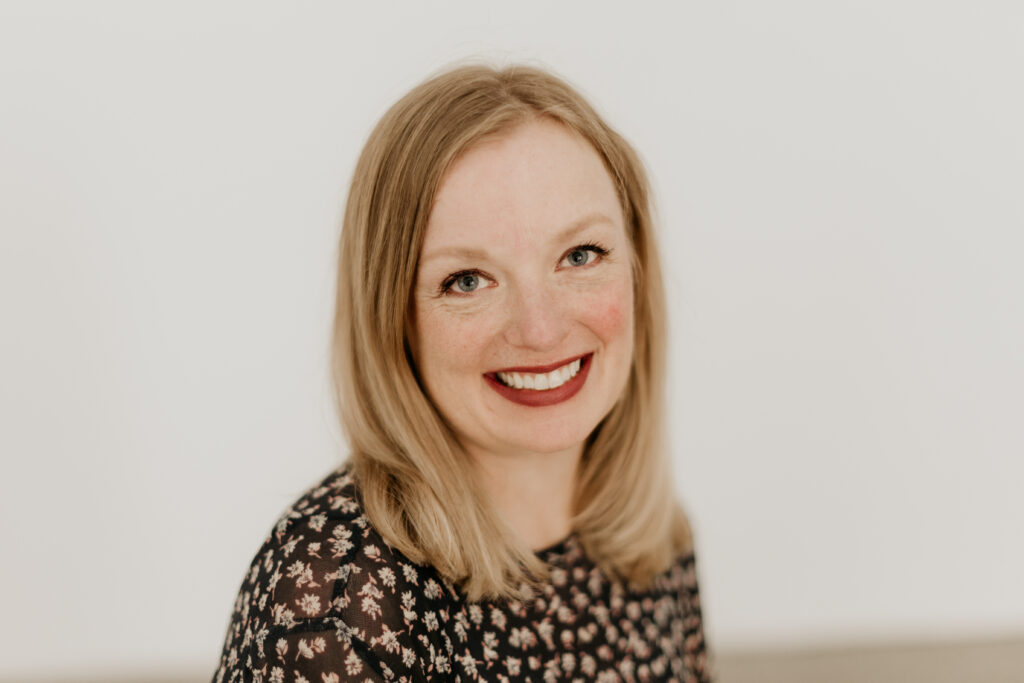
About the author
Lonna Whiting is an independent journalist and content strategy consultant based in Fargo. She covers a broad range of topics, including local arts, health care, senior living, startups, technology and education. Lonna also writes extensively about dementia and Alzheimer’s disease for journals and publications such as Being Patient. Read more of Whiting’s work at lonna.co.

